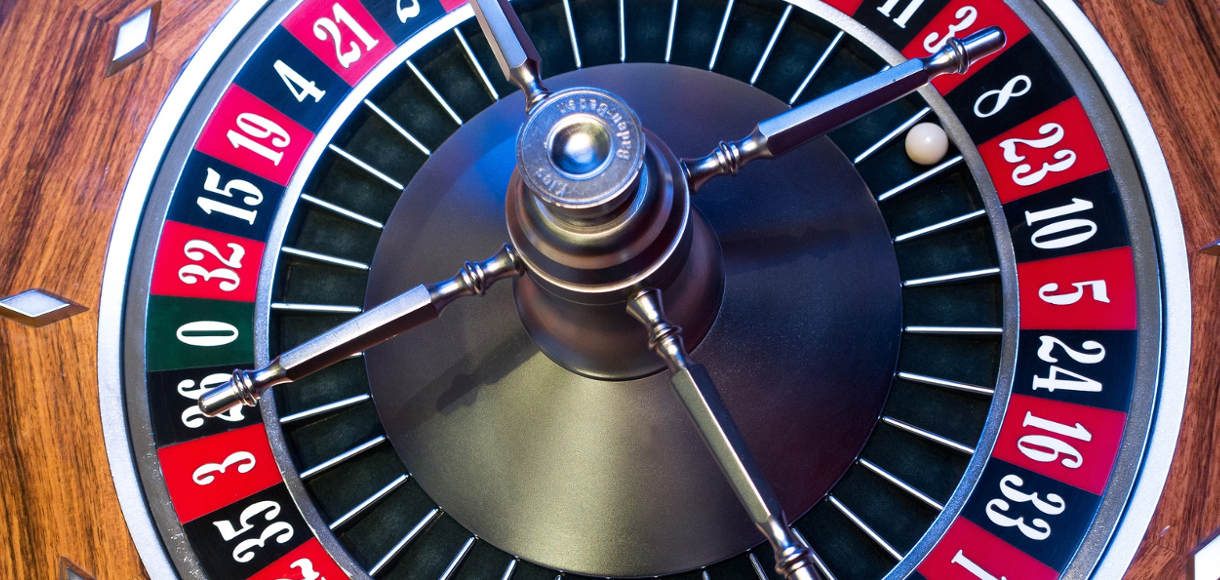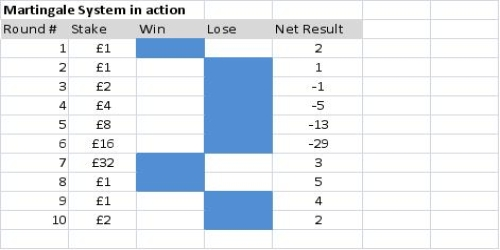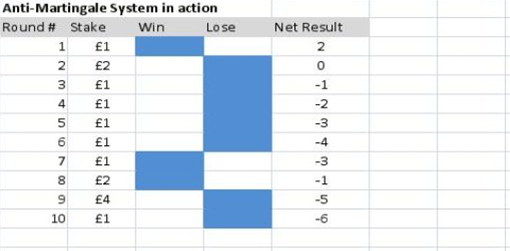Roulette strategy 101: What is the Martingale Betting System?

Does a strategy developed in the nineteenth century still hold tight? Well, here's how it works...
Roulette is one of the most popular casino games around, with several variants of online roulette games including European, American and French.
In terms of roulette strategies, the Martingale is one of the oldest roulette staking systems around.
But does it still hold water in 2018? Let's take a closer look.
What is the history of the Martingale Method?
John Henry Martindale was a casino mogul who wanted to encourage his customers to gamble more, especially when the house was losing, as, in the long run, he knew the house would always recoup their losses.
By the late 1800s a betting system had been developed that was named after Martingale since it took his theory but put the players in charge of the stakes.
The idea was simple.
From a small starting stake, players placed an even-money roulette bet on the outside sections that paid even money.
If the bet lost, it was doubled. The player then kept doubling the bet until they won, banking the profits and then adjusting back to their original stake.
How does it work in roulette?
The idea of the Martingale is to bet only on outside sections, such as Red or Black, Odd or Even, and 1-18 or 19-36, all of which pay 1/1.
Pick a unit stake - say, £1.
Now place £1 on an even-money bet. If the bet loses, your bet doubles to £2 on your next spin.
If that bet loses, you bet £4, and so on, until you hit a winning spin. You then reset to £1 and continue.

Here, our player got down to -£29. However, despite only three winning spins out of the 10 they still finished the session one unit in profit.
What are the advantages and disadvantages?
In roulette, single numbers hit less often but pay out 35/1. Outside bets are more common but only pay even money. The more numbers you cover, the easier it is for your bet to come in.
By making near 'coin flips' (e.g. red or black), it's easier to emerge as a winner in the long run. And, because the stakes are doubled, the chances of ending a playing session in profit also increase.
But, of course, if the chances of profiting increase, then so do the chances of losing.
Martingale's problem is that roulette has a house edge. While the numbers are divided into red and black, the green slot makes all outside bets losers, meaning roulette players are always at a disadvantage in the long run.
In European roulette there is one green zero slot, giving the house an edge of 2.7 per cent. That means for every £100 bet on the game, £2.70 is theoretically won by the house.
In American roulette there are two green zero slots, bumping the house edge up to 5.26 per cent, and £5.26 of every £100 wagered.
This means players are always playing catch-up.
The biggest problem with the Martingale Method is bankroll.
On a downswing, the losses can get so high - doubling every time the player loses - that eventually the player goes bust before the system works. Alternatively, the player's Martingale stakes exceed the table limit and the system fails.
French Roulette can be a good alternative. The game only has a house edge of 1.36 per cent, since half the player's even-money stake is returned if the zero appears.
This gives Martingale users a little more protection against downswings.
What variations are there?
Over time, gamblers have tweaked the system to add different features.
The Great Martingale
This method is typically preferred by high rollers. The same system is in place as the Martingale - where stakes are doubled on a losing spin - but the original bet is added too.
So, instead of bets of £1, £2, £4, and £8, the player would bet £1, £3 (2 x £1 + £1), £7 (2 x £3 +£1), £15, and so on.
The benefit of adding the initial stake is that you - theoretically - won't go bust. You will always ensure a profit if you hit a winner.
The potential for big losses is also present, though.
The Anti-Martingale or 'Reverse Martingale'
This method works like the conventional Martingale, only after a winning bet the stake is doubled. Stakes are then reduced to their base value after a loss.

The problem with the Anti-Martingale is that it only favours winning players.
In the above example, hitting just three wins out of 10 spins results in a -600 per cent loss.





































